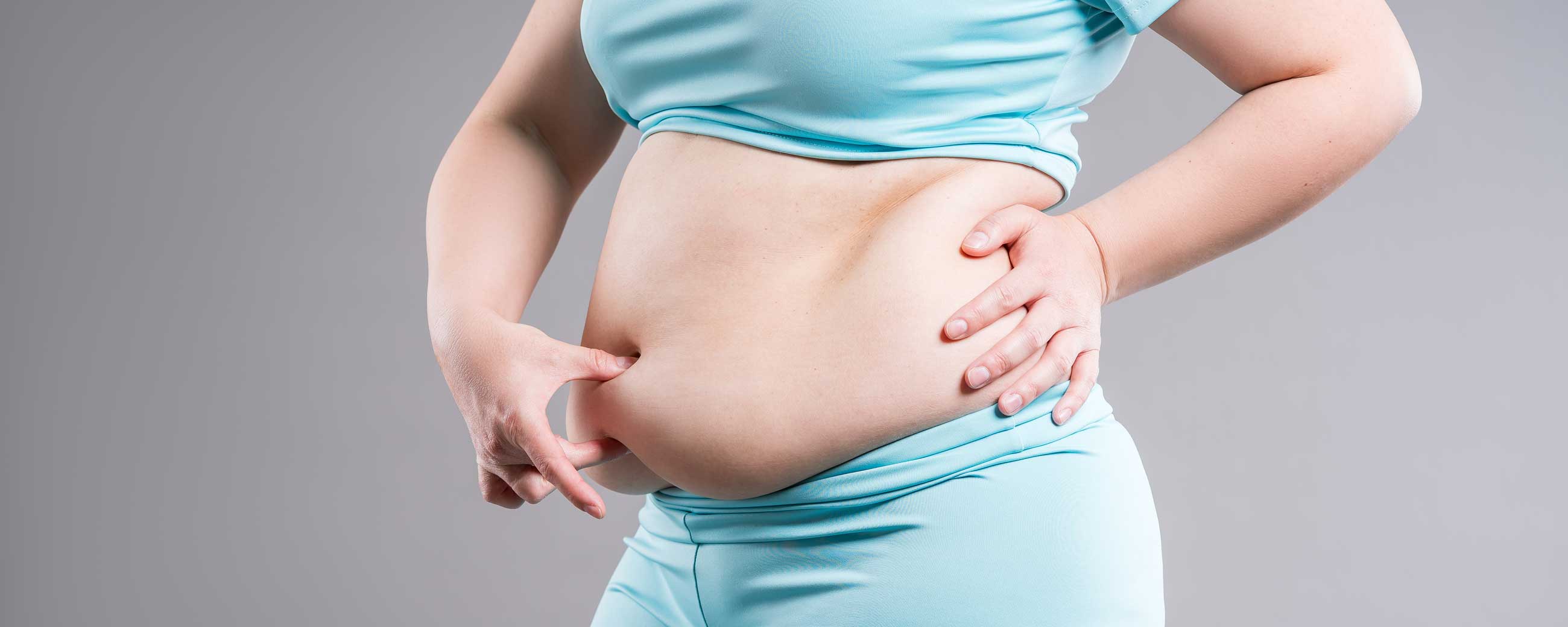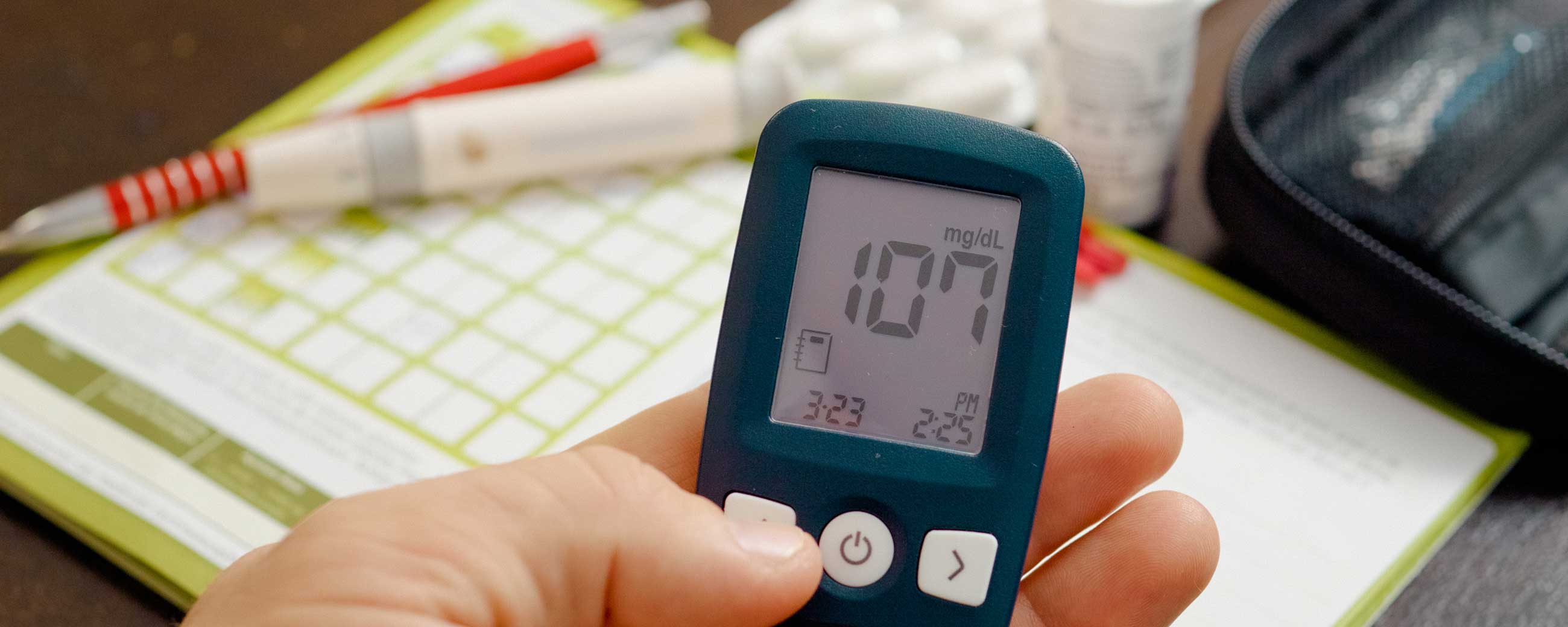What causes type 2 diabetes?
By Dr. Austin Smith
Genes and environment can play a role in causing type 2 diabetes mellitus.
Let’s first take a step back. Type 2 diabetes develops when the body becomes less responsive to insulin, which is the hormone responsible for shuttling glucose (sugar) from the blood into various tissues throughout the body. Ordinarily, the body’s tissues are made up of cells that contain receptors that bind to insulin. These receptors allow insulin, and the glucose that’s bound to it, to enter the cell. If insulin struggles to bind to these receptors effectively, then glucose ends up remaining in the bloodstream, where cells are unable to use it for fuel. This is known as insulin resistance.
Eventually, the pancreas, which is the organ responsible for producing insulin, can burn out and the amount of insulin it can produce decreases. This is known as relative insulin deficiency.
Both insulin resistance and relative insulin deficiency can become severe enough to cause type 2 diabetes.
And the causes for both insulin resistance and relative insulin deficiency can be traced to one’s genes or environmental influences.
Rarely is it the case that just one gene is responsible for causing type 2 diabetes. More often, multiple genes play a role. These genes are involved in multiple processes throughout the body, including the development of the pancreas and the release of insulin.
Two of the most important environmental influences associated with type 2 diabetes are weight gain (although there are also genetic influences on weight) and decreased physical activity. Insulin resistance can be linked to obesity, and improved with weight loss. Exercise, too, can help improve insulin resistance.
Ultimately, if type 2 diabetes develops--be it from insulin resistance, relative insulin deficiency, or both--one’s ability to tolerate carbohydrates in the diet drops off significantly. For many, carbohydrates in the diet make up the majority of the body’s supply of glucose. And so if insulin isn’t being produced in normal amounts (relative insulin deficiency) or if insulin can’t bind to its receptors and shuttle glucose into the cells effectively (insulin resistance), then the glucose produced by the breakdown of carbohydrates will end up remaining in the bloodstream, where it can damage various organs.Learn more about reversing diabetes through nutrition.
Citations:
Jameson, J. L., Kasper, D. L., Longo, D.L., Fauci, A. S., Hauser, S. L., & Loscalzo, J. (2018). Harrison’s Principles of Internal Medicine (19th Ed.). New York: McGraw-Hill Education.
Type 2 Diabetes. (2018, August 15). Retrieved October 8, 2018, from https://www.cdc.gov/diabetes/basics/type2.html
Your guide to diabetes: Type 1 and Type 2. (2013). Bethesda, MD: NIDDK, National Diabetes Information Clearinghouse.




